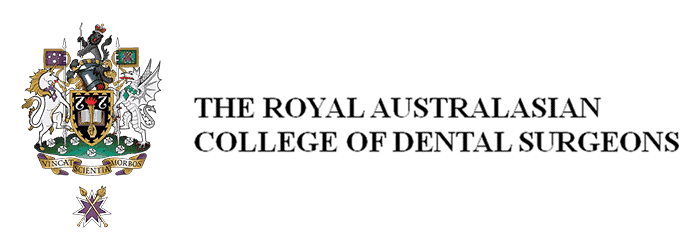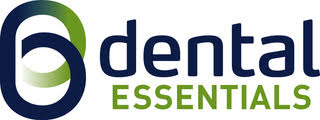Why an out-dated asset register could cost medical practitioners
KEY POINTS
- Many medical practitioners don’t maintain an up-to-date register of their assets. In many cases, this can lead to underinsurance
- In the unfortunate event of a claim, this can mean the compensation awarded to the practitioner does not fairly reflect the assets lost
- Maintaining an up-to-date register that comprehensively lists all of your valuable assets is a simple way to protect yourself from the consequences of underinsurance
- This blog article explains how to prepare a detailed asset register and why failing to do so could result in significant cost
What is an asset register?
An asset register is a detailed inventory of all the valuable items owned by your practice. It includes, but is not limited to:
- The assets you own, including capital equipment, computers and other electrical devices
- Fit out costs
- Stock and other business possessions
Why do medical practices need an asset register?
- Supports your insurance claim
An asset register is a valuable piece of evidence relied on in the event of an insurance claim. The register or list helps determine the approximate insurance coverage of your valuable belongings. This is why it needs to include all of your practice’s belongings, including their estimated value.
- Prevents underinsurance
If the value of your assets exceeds the coverage provided by your insurance policy, you’re likely to be underinsured. If this is the case, you may not receive full compensation for your losses. Regularly updating your asset register means your insurance coverage can be adjusted to match the current value of your belongings, which lowers the risk of underinsurance.
- Makes it easier to claim
Having an up-to-date asset register will make the claims process far smoother. This is because having a clear record of your possessions makes it easier for the insurance company to verify and process your claim efficiently. It also means you’re more likely to be fairly compensated for your losses, as an accurate asset register serves as clear evidence of the lost or damaged items.
How to create an asset register for your medical practice
- Photograph your assets
Walk through your practice and take clear photos of the contents in each room. Try to capture all angles of the room, focusing on items of value. This visual documentation will be a valuable reference point should you ever need to make a claim.
- Itemise your list
Create a list of each of the valuable items in your practice. Be sure to include the following information about each item:
- The manufacturer or brand
- The model number and serial number
- Purchase date
- Purchase price or current market value to replace it
- Fit-out costs, if relevant
- Store the list digitally
Save the list and photos together in a secure digital location. Cloud storage services such as Dropbox, Google Drive or a dedicated insurance app are great options. Be sure to keep backups just in case data is lost. You may also want to print a hardcopy and store it in a secure location, such as a fireproof safe.
- Update the list
It’s crucial to periodically update the list to ensure it accurately represents the assets you own. Schedule an asset list inventory at least every six months or update the register when you have purchased new items for your practice. Be sure to send the updated list to your insurance broker so they can update the value of your contents.
Need medical practice insurance?
Talk to us about securing comprehensive cover for your practice that fits your budget and the requirements of your daily operation. We support more than 750 dental and medical practices, as well as more than 3,000 healthcare professionals throughout Australia. Our team understands what it takes to deliver exceptional customer service and support tailored to the medical sector.











